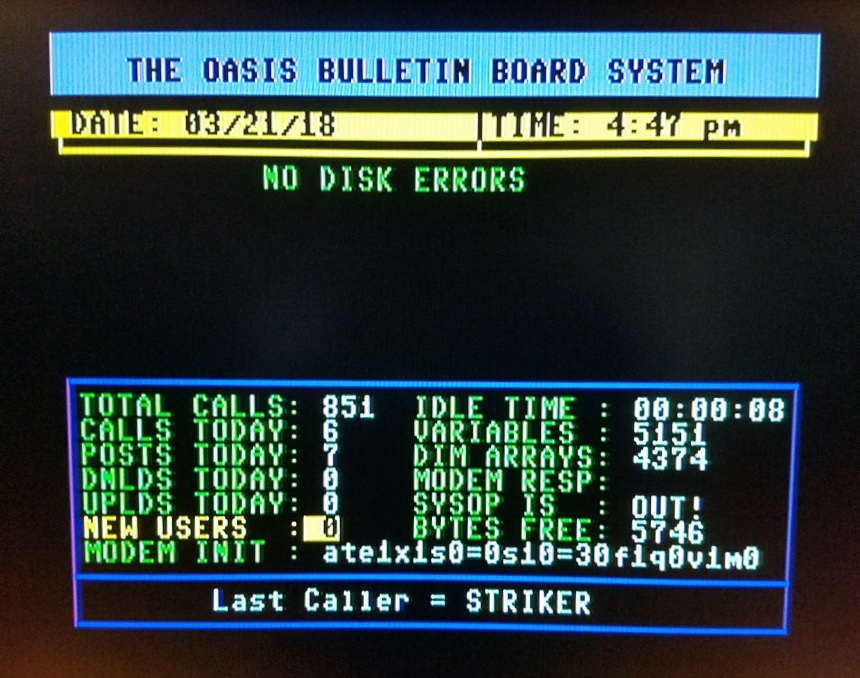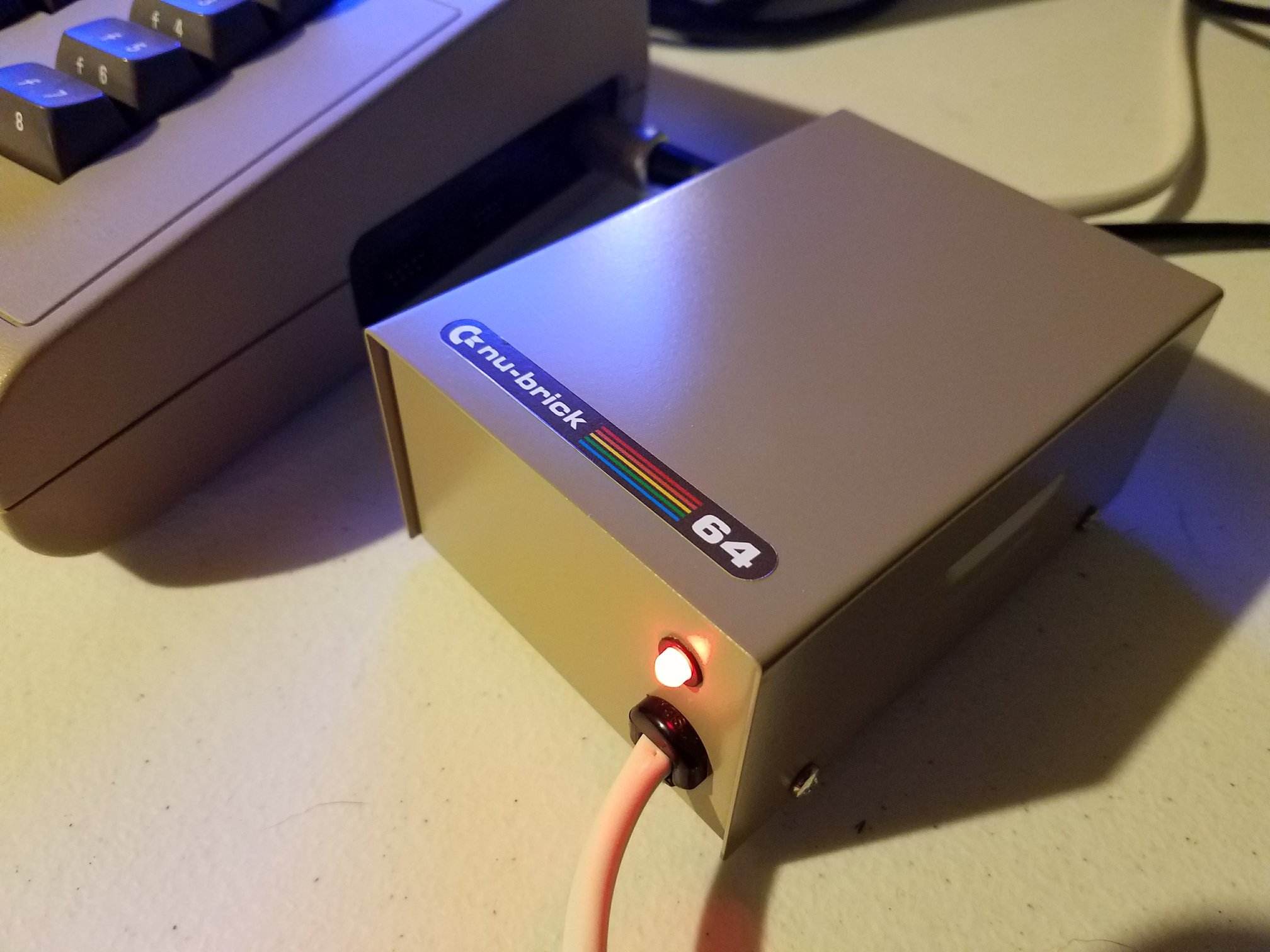In Episode 20 of BackBit Impawsible!, the concept that kickstarted the whole series finally takes the spotlight: Rolled-Out Code. After months of experimentation and wild debugging detours, Lupe Darksnout tries the big idea that sparked the project in the first place: executing code directly from the BackBit cartridge using a rolling memory page swap technique.
From the outset, the plan is chaotic brilliance. Lupe creates a sample routine that lives in memory and flips through BackBit pages using a precise series of jumps and store instructions. The kicker? Every page swap happens just as another page finishes executing—without breaking the flow.
The code doesn’t do much at first. It just increments values. But that’s the point: verify that Rolled-Out Code executes cleanly, page after page, byte after byte, without a hiccup. When it works (and yes, it does), Lupe practically breaks into song.
In the testing stage, things go sideways more than once. The code fails to appear. Pages don’t sync. SuperCPU laughs at corrupted instructions and crashes. But persistence wins: after a few tweaks (and a minor musical interlude), the pages finally queue, flip, and execute correctly.
For comparison, Lupe rewrites the player from “Wolves on the BackBit” and tries it without roll-out. The result? Flickering. Frame drops. Audio woes. A 1MHz CPU can’t keep up with raw data slamming into RAM without buffering or syncing. Clearly, Rolled-Out Code is the only way to go.
By the end of the episode, everything runs as expected, even under pressure. The takeaway? Rolling out frames from BackBit dramatically improves throughput—lowering execution time per byte and preserving synchrony.
Next step? Writing code that writes code. Because of course it is.







